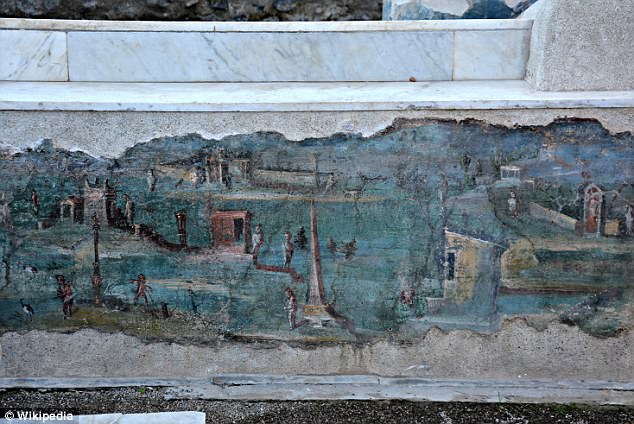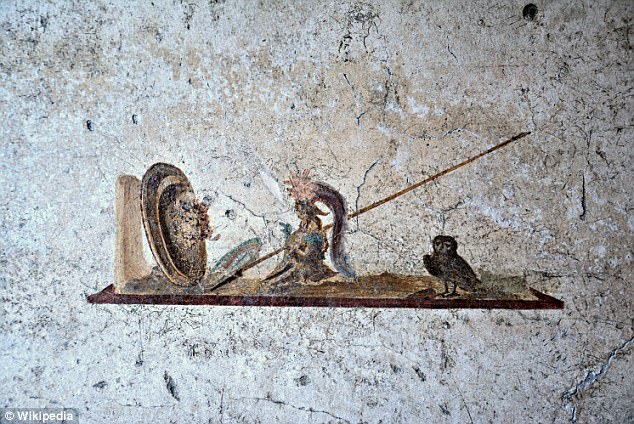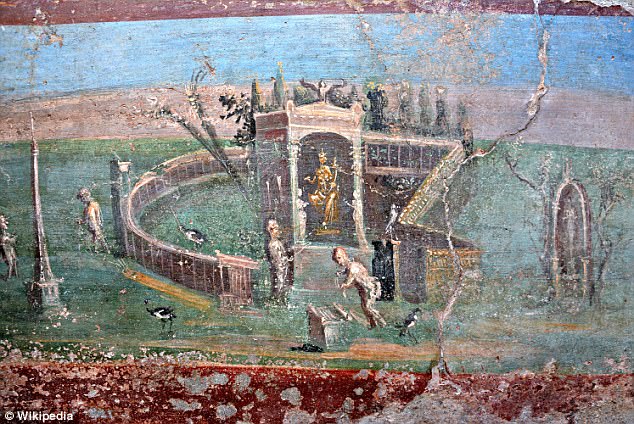Archaeologists Discover Paintings of Ancient Egypt in a 2,000 Year Old Roman Villa in Pompeii

Archaeologists Discover Paintings of Ancient Egypt in a 2,000 Year Old Roman Villa in Pompeii
In a Roman villa in Pompeii, a team of archaeologists found remarkable paintings of ancient Egypt. The portraits reveal the enormous influence the Egyptian culture had on Roman society at the beginning.
Experts speculate that some of the paintings could possibly underscore an early form of Globalization.
The river Nile paintings were located in a beautiful garden in a luxurious ancient villa in Pompeii. Experts are optimistic that these paintings show several secrets as to how ancient Egypt influenced the early Roman Empire.
Complex diagrams of the Casa dell’Efebo – one of the city’s largest households before sustained serious damage during the 79 Mount Vesuvius eruption – present a series of Nilotic murals with hippopotamuses, crocodiles, lotuses and short-statured men battling with vicious beasts.
Caitlin Barrett from the department of Classics at Cornell University claimed that the drawings give the house a cosmopolitan touch and outlines how the Romans were influenced by the ancient Egyptian culture such as religion.
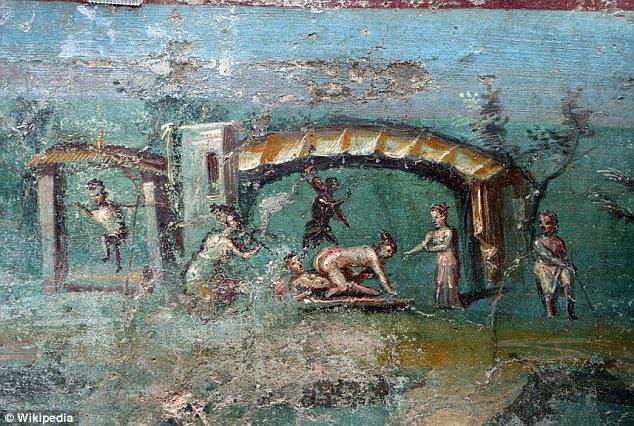
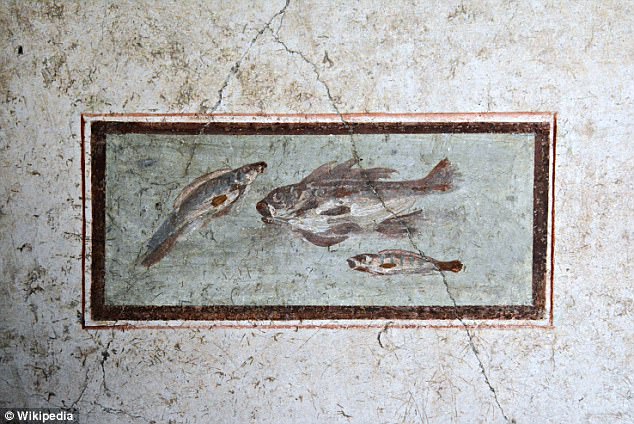
“The paintings from the Casa dell’Efebo were created after Egypt was incorporated into the Roman Empire, but several generations after Augustus’ initial conquest of Egypt. Some researchers have turned to explanations emphasizing religion: maybe paintings of Egyptian landscapes have to do with an interest in Egyptian gods,”
she told IBTimes of UK . And added, “Others have interpreted these paintings as political statements: maybe this is about celebrating the conquest of Egypt. I suggest that instead of trying to apply a one-size-fits-all explanation, we should look at context and individual choices.”
It’s no secret that Pompeii was famous for its intense sexual life and wild parties. As a result of this lifestyle, many paintings discovered from that era are extremely graphic, including strong doses of excessive sexual content.
Let’s not forget that when the city was rediscovered in 1599, the city became buried again (thanks to censorship) for nearly another 150 years before the king of Naples, Charles of Bourbon, ordered the proper excavation of the site during the late 1740s.

As DHWTY reports in a previous Ancient Origins article , despite the erotic nature of these images, it has been suggested that they were merely an idealized version of sex.
Thus, it has been postulated that the lives of the prostitutes at the most famed bordello in Pompeii, Lupanare, was far grimmer than the erotic images suggest. So, it shouldn’t be a surprise to anyone that the main theme of the recently discovered paintings is sex and alcohol consumption.
Despite the obvious themes of the paintings, Barrett also argues that they could underscore how the Romans interacted with the outside world; thus a form of globalization.
The study, which was published in the American Journal of Archaeology, appears to share its views with Barrett’s suggestions and also proclaims that artifacts discovered around the garden of the household and the building’s elaborate architecture such as water installations mimic the diverse nature of the Roman Empire.
Barrett stated as Daily Mail reports , “In this particular assemblage, rather than solely trying to make some kind of statement about Isiac rituals or Roman politics, the owner of this house seems to be asserting a cosmopolitan identity as a citizen of the Empire.
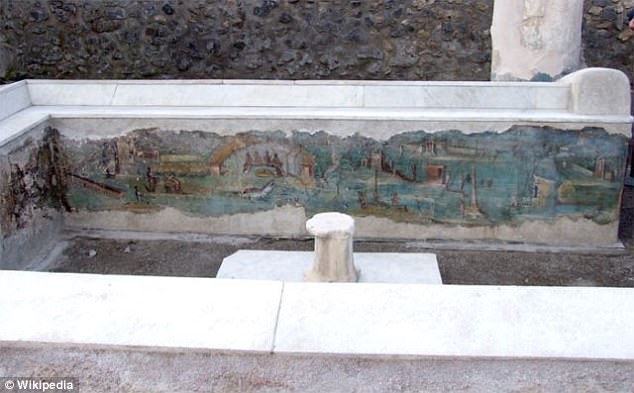
In Pompeian houses at this time, when people are representing faraway lands in domestic art, they are also trying to figure out what it means to them to be participants in the Roman Empire.”
The study adds that the paintings of the Nile in the Pompeian villa provided its owners with a unique chance to come in contact with shifting local and imperial Roman identities and to reproduce a microcosm of the world they lived in, “People sometimes imagine phenomena like globalization to be creations of the modern world.
In fact, if you look at the Roman Empire there are lots of parallels for some of the cross-cultural interactions that are also very much part of our own contemporary world” the researcher of the study concludes at the end.
